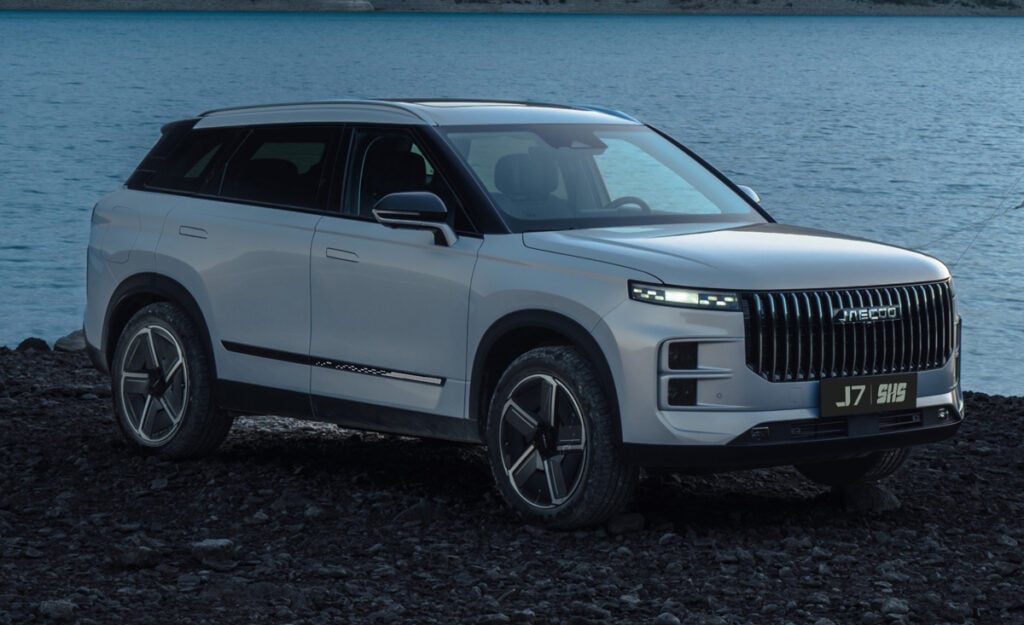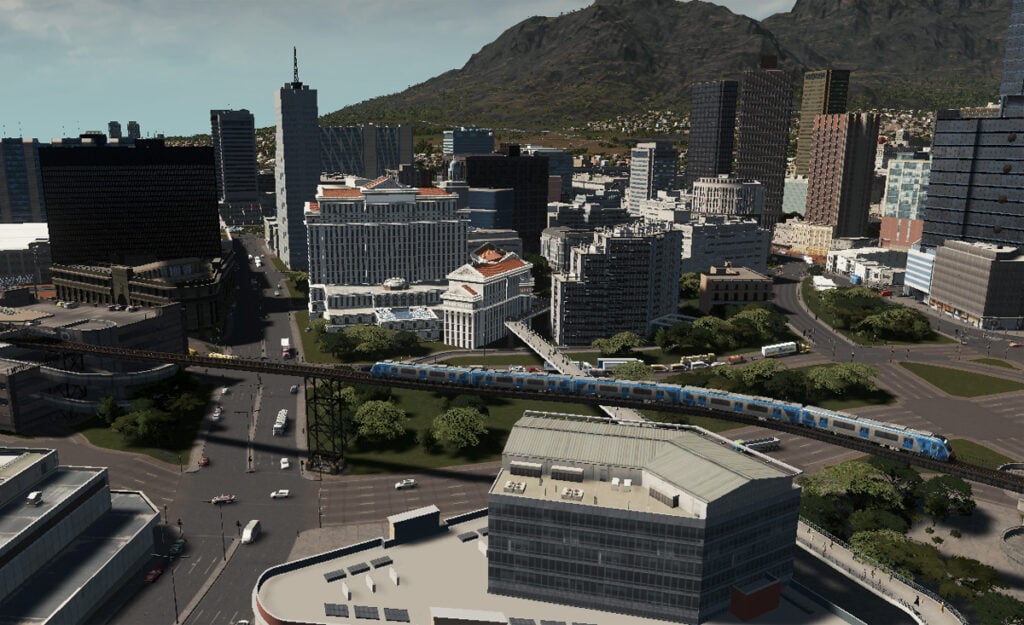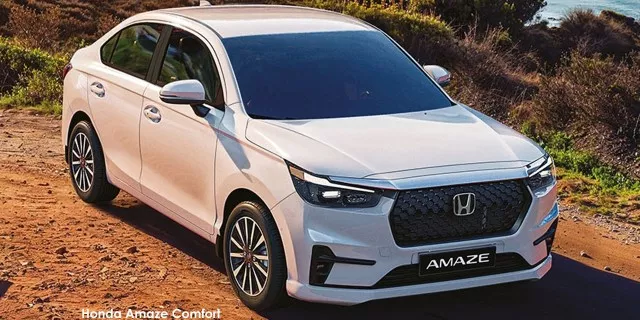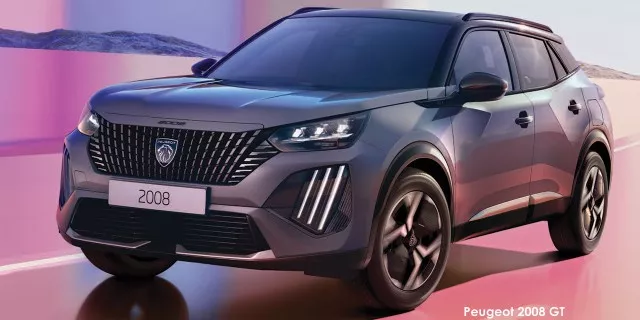Balloon payments when buying a car – Don’t fall into a debt trap
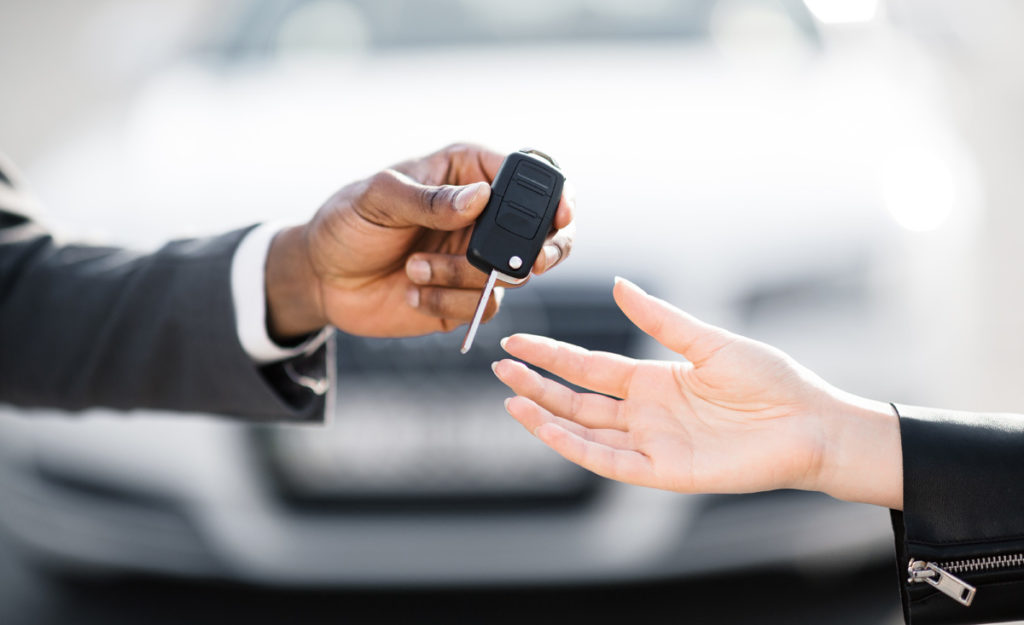
South African car buyers must make sure they do not fall into the trap of unmanageable debt when buying a new car.
This is according to Ghana Msibi, CEO of WesBank Motor Division, who was providing insight into the use of balloon payments when purchasing a vehicle.
A balloon payment is a finance tool that allows you to take a part of the amount you owe when buying a car and pay it at the end of the finance period.
This means you will initially be paying lower monthly instalments on the car, but will have to cover a larger bulk payment after your last instalment.
“You’re essentially paying off a loan for most of the car, but not all of it. The amount set aside at the outset remains the buyer’s responsibility and will still need to be settled in the long run,” said WesBank.
The debt trap
While using a balloon payment when financing your next car may seem appealing, it comes with drawbacks if not handled correctly.
“There’s a deep-seated misunderstanding among consumers that a balloon payment makes a car cheaper, or it allows them to drive a vehicle they simply cannot afford,” said Msibi.
“However, this is not what a balloon payment is designed for. This type of payment is intended to assist with cash flow management at the start of a finance agreement, but only if you can afford it.”
“It may help to ease the burden of monthly expenses, but buyers with balloon deals may need to use the cash they’ve been saving to settle the balance owed at the end of term.”
Msibi said that car owners who use a balloon payment must also learn what their “breakeven point” is.
“The breakeven point occurs when the financed car’s trade-in value matches the amount still owed to the bank. When calculating the breakeven point, it’s important to include the amount outstanding in the balloon debt at the end of the loan period,” said WesBank.
This is important because “South Africans have a tendency to change or upgrade vehicles more often than is financially viable”, said Msibi.
“If your breakeven point comes at 36 months, but you simply cannot resist a shiny new car after only two years, the amount owed on your first car will be added to the cost of the new deal,” said Msibi.
“As such, you’re still paying off a portion of your old car while driving your new one. Consumers who do this multiple times could find themselves in financial trouble if, for example, there is a change to their income and financial situation, resulting in outstanding debt becoming unmanageable.”
This is a dangerous trap to fall into, and consumers are accordingly advised to consider changing cars only once the breakeven point has been reached.
Additionally, they must not view a balloon payment as an alternative to an upfront deposit.
“A healthy deposit on a new or used car will always reap dividends further down the financial road, as it will not only bring your breakeven point forward, but it will also lower the monthly repayment costs and the deferred debt held in the balloon.”
Furthermore, the monthly installments on a car are not the only costs you have to cover – as fuel, insurance, tyres, and regular upkeep must also be priced in.
“There’s a big difference between being able to afford a car and being able to afford owning it,” said Msibi.
South Africans in debt
The advice from WesBank follows DebtBusters recently detailing the findings of its Q3 debt index for South Africa.
As reported by BusinessTech, local consumers are increasingly using debt to supplement their incomes.
The situation is particularly serious for consumers classified as in financial distress, who are now spending R6 of every R10 they earn to pay back debt.
With consumers making up their income shortfalls by using tools like personal loans or credit cards, the average unsecured debt for consumers is also 41% higher than in 2016.
As an example, people who take home more than R20,000 per month now have 58% more unsecured debt than four years ago, stated the report.
